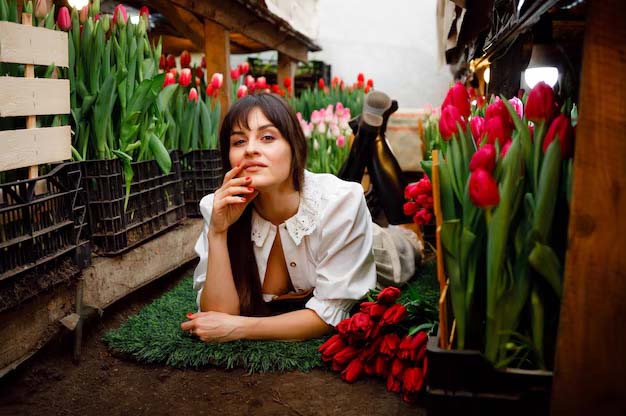🌱 The Regenerative Garden: How to Grow Beauty, Biodiversity, and Belonging in 2025 and Beyond
The Garden as a Living Relationship
Introduction: A Garden Is Not a Project. It’s a Relationship.
In 2025, gardening is no longer just about having a nice yard or producing a few tomatoes. It’s about healing. It’s about reconnecting. It’s about planting more than just seeds — it’s about planting presence.
The regenerative garden is not a product. It is not a landscaping style. It is a living, breathing relationship between you, the land, the weather, the creatures, and the spirit of time.
This article isn’t just going to tell you how to grow plants. It’s going to show you how to listen to land. To collaborate. To co-create. Whether you have a balcony in Brooklyn or a rural lot in Iowa, this garden will grow with you — through seasons, through grief, through joy, through aging.
Let’s start by rethinking everything we’ve been told about what a “good garden” looks like.
The Problem with Traditional Landscaping
The modern lawn, with its manicured edges and imported grasses, was never about nature. It was about control. It was about status. It was about homogeneity — the opposite of life.
In traditional suburban landscaping:
- Biodiversity is minimal
- Chemicals are normalized
- Soil is compacted, not cultivated
- Wildlife is excluded
And most of all, human presence is superficial. We mow, we water, we spray — but we rarely engage.
The regenerative garden says: Let’s return to relationship.
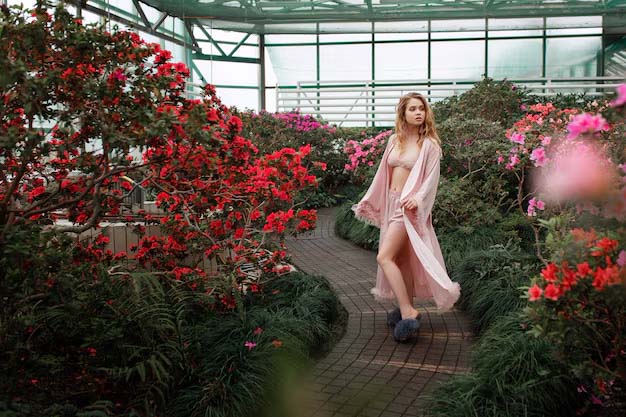
beautiful-sexy-girl-wearing-pink-bathrobe-lingerie-standing-flower-garden_8353-8398
What Is Regenerative Gardening?
Regenerative gardening goes beyond “organic.” It’s about creating systems that are:
- Self-renewing
- Resilient
- Supportive of biodiversity
- Emotionally nourishing
It includes practices like:
- No-till planting
- Composting and mulching
- Rainwater harvesting
- Pollinator habitat creation
- Native species selection
But more than the techniques, it’s the intention that makes it regenerative. The gardener becomes a steward, not a manager.
You stop asking: “How do I control this space?” and begin asking: “How can I support life here?”
Gardening in 2025: New Challenges, New Wisdom
As climate patterns shift, so must our gardening strategies. But so must our attitudes. In 2025, you’re not just fighting drought or weeds — you’re fighting disconnection.
Current Trends:
- Drought zones expanding across the U.S.
- Insect and bird populations declining
- Urban spaces heating up (urban heat island effect)
- Mental health crises rising
The garden is not a luxury. It’s a necessity — for ecology and for our nervous systems.
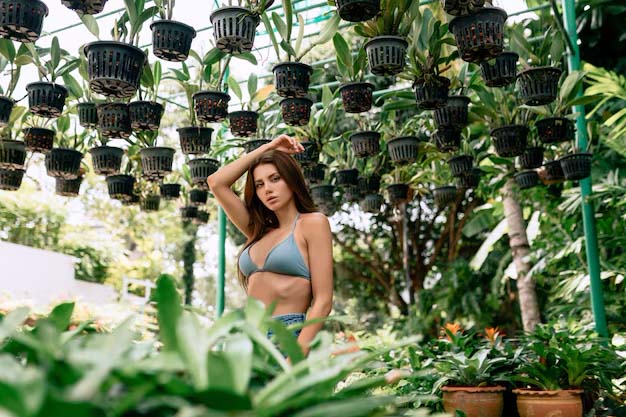
cute-seductive-young-girl-sexy-top-with-blue-eyes-posing-green-garden-with-hanging-green-pots-plants-outdoors_120960-1528
How to Begin a Regenerative Garden: Step-by-Step
Whether you have a full yard or a balcony, these steps apply:
1. Observe Before You Act
Spend 7 days just watching the space.
- Where does the light hit in morning/evening?
- Where does water pool or drain?
- What weeds grow naturally?
These are all clues. You are not starting from scratch — you are starting from a living system.
2. Know Your Zone, But Know Your Microclimate More
USDA hardiness zones are helpful, but your block may differ. Use local extension services and community gardeners to understand your true growing conditions.
3. Build Soil, Not Beds
Don’t just build raised beds and fill them with imported soil. Start where you are.
- Sheet mulch
- Add compost slowly
- Let worms, fungi, and time do their work
Healthy soil = healthy plants = healthy planet = healthy people.
4. Choose Plants Based on Relationship, Not Just Use
Instead of asking “What will give me the most harvest?” ask:
- Who grows well together?
- Who supports pollinators?
- Who fixes nitrogen or breaks up compacted soil?
Design with the whole system in mind.
5. Design for Beauty and Biodiversity
A regenerative garden isn’t messy — it’s alive.
- Use curves, not straight lines
- Mix colors and textures
- Add habitat layers: groundcover, mid-height, canopy
You’re building an ecosystem, not a product photo.
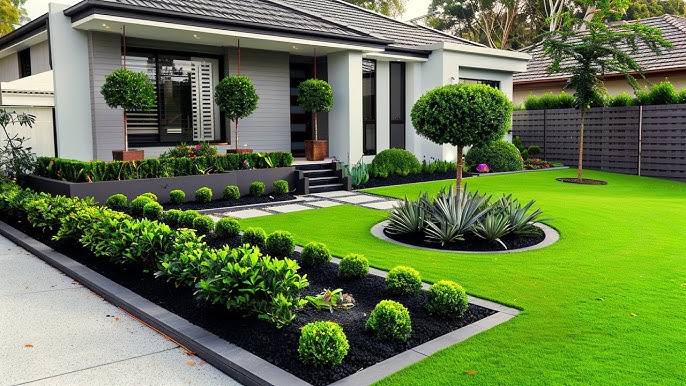
heaven gardens in your house
Case Study: The 3-Foot Garden That Changed a Life
Maria, a school counselor in Chicago, had only 3×8 feet of outdoor space.
In 2023, she started with native milkweed and a pot of lemon balm.
By 2025, her garden had:
- 9 plant species
- 6 butterfly species
- Neighborhood kids naming bees
- A sense of peace she never knew she needed
Maria’s story reminds us: It’s not the size of your garden. It’s the size of your relationship with it.
Human Benefits of Regenerative Gardening (Backed by Science)
According to the American Psychological Association, gardening:
- Reduces cortisol levels
- Improves mood within 10 minutes
- Enhances social bonds when shared
And in a 2024 study from the NIH, regenerative gardens:
- Supported microbial diversity linked to immunity
- Improved sleep in adults aged 45+
- Reduced symptoms of burnout in healthcare workers
You’re not just planting tomatoes. You’re planting mental health, immune resilience, and joy.
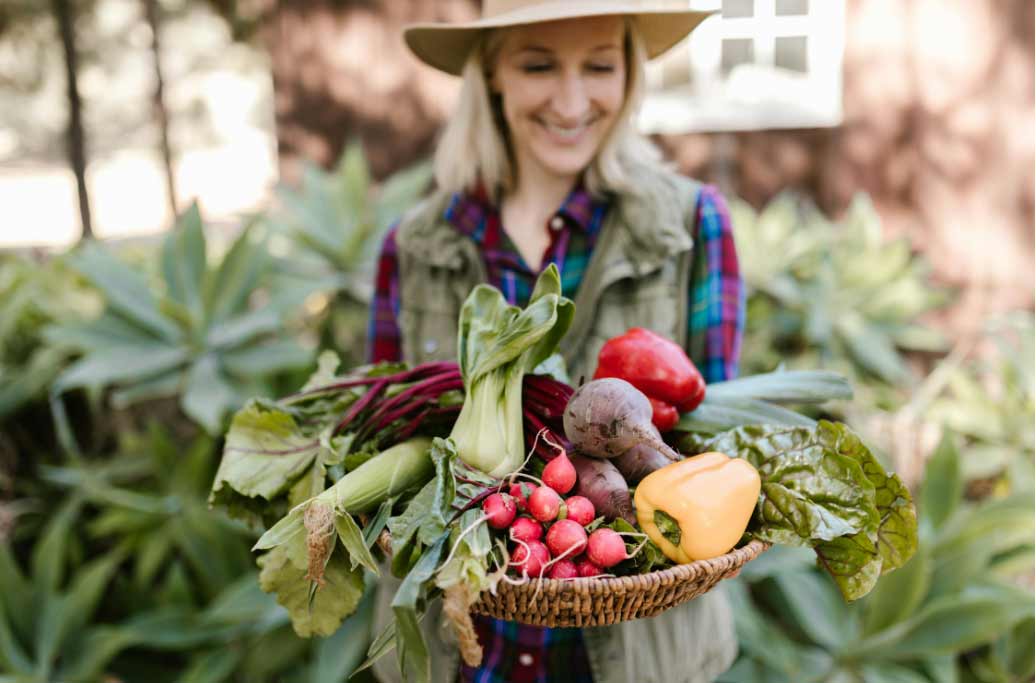
Time‑Saving Garden Solutions for Busy Lives
Conclusion: You Are the Garden, Too
A regenerative garden is not something separate from you. It is a mirror.
If you show up rushed, it reflects chaos. If you show up curious, it teaches. If you show up with grief, it listens.
This is the garden of 2025 and beyond. It does not demand perfection. It only asks for presence.
In Part 2, we’ll explore how to build habitat for bees, birds, and beneficial insects — and how those creatures, in return, support your regeneration.
Welcoming the Wild: Designing a Garden That Supports Life
we explored the philosophy of regenerative gardening—understanding soil as a living entity, choosing resilient native plants, and shifting from control to co-creation with nature. Now, we go beyond the soil and into the skies, learning to create a garden that does more than just grow—it pulses with life. This is where regenerative design becomes ecological hospitality, offering refuge to pollinators, birds, insects, amphibians, and even the wild you haven’t met yet.
The Garden as Refuge: Shifting Your Intentions
In conventional landscaping, gardens are often created to be aesthetically pleasing and low-maintenance. But regenerative gardens reverse this mindset. They’re designed first and foremost to support life.
Ask yourself: Who do I want my garden to feed? Shelter? Host? The more life your garden can host, the stronger its ecosystem. This begins with welcoming the wild ones.
What We Mean by “Welcoming the Wild”
- Inviting native pollinators like bees and butterflies
- Hosting birds, from hummingbirds to finches to owls
- Supporting beneficial predators: ladybugs, lizards, frogs
- Offering refuge for soil decomposers, fungi, and worms
- Creating microhabitats for night pollinators and moths
This is not just kindness—it’s resilience. When you build a home for them, they return the favor by pollinating, decomposing, fertilizing, and keeping pest populations in check.

How to Create a Low-Maintenance Garden in a Busy Life!
Habitat Layering: Build Like a Forest
Natural ecosystems don’t exist in neat rows. They are layered. A forest has a canopy, understory, shrub zone, ground layer, and root zone. You can mimic this in your own backyard.
Layering mimics nature’s efficiency—every vertical and horizontal niche gets used.
The Five Garden Layers:
- Canopy Trees: Oaks, maples, and nut trees provide shelter for birds and filter sunlight.
- Understory Trees: Dogwoods, redbuds—offer fruits for wildlife.
- Shrubs: Serviceberries, blueberries, currants—food for you and pollinators.
- Herbaceous Layer: Echinacea, goldenrod, milkweed—support bees and butterflies.
- Ground Covers: Creeping thyme, clover, moss—retain moisture and shelter insects.
And below all this? The Root Layer—where mycorrhizal fungi and plant roots form underground networks that carry water, carbon, and communication signals.
🌿 Backlink: The Xerces Society on Pollinator-Friendly Planting
Birds, Bees, and Butterflies: What to Plant and Why
A regenerative garden must be pollinator-aware. Here’s how you can create a feeding station that supports not only honeybees (which are non-native in many areas) but a full diversity of native pollinators:
For Bees:
- Plant blue, purple, and white flowers: lavender, borage, salvia
- Cluster flowers together for foraging efficiency
- Avoid hybrids that lack nectar and pollen
For Butterflies:
- Use host plants for caterpillars: milkweed (Monarchs), dill (Swallowtails)
- Provide shallow puddling spots for minerals
For Hummingbirds:
- Go red: bee balm, coral honeysuckle, trumpet vine
- Use tubular-shaped flowers that encourage hovering feeding
🦋 Did You Know? Butterflies are sensitive to pesticide residues even at parts-per-billion. Truly regenerative design never includes chemical pest control.
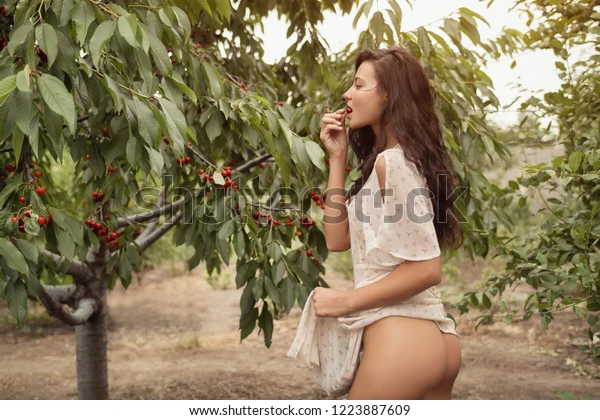
stunning-sexy-brunette-beauty-garden-600w-1223887609
Build a Pond, Save a World
Nothing transforms a garden like the sound of trickling water.
Why You Need a Pond:
- Provides habitat for frogs, dragonflies, and aquatic insects
- Supports birds during dry seasons
- Boosts biodiversity exponentially
Even a container pond with a few aquatic plants and a solar bubbler can become a hotspot for life.
Pro tip: Use rocks and driftwood to create multiple access levels so bees and butterflies can drink safely.
🐸 Backlink: National Wildlife Federation – Creating a Backyard Pond
The Night Garden: Light, Shadow, and Secret Visitors
As the sun sets, a whole other world emerges. Moths, bats, toads, night beetles. How often do we consider them in our design?
How to Welcome the Night:
- Use white and pale flowers like moonflower or jasmine to reflect moonlight
- Avoid blue-rich LED lighting—disorients insects and birds
- Create dim zones for fireflies and moths
- Add night-fragrant plants like evening primrose and nicotiana
Your garden becomes a 24/7 ecosystem. Beauty isn’t just what blooms in sunlight.
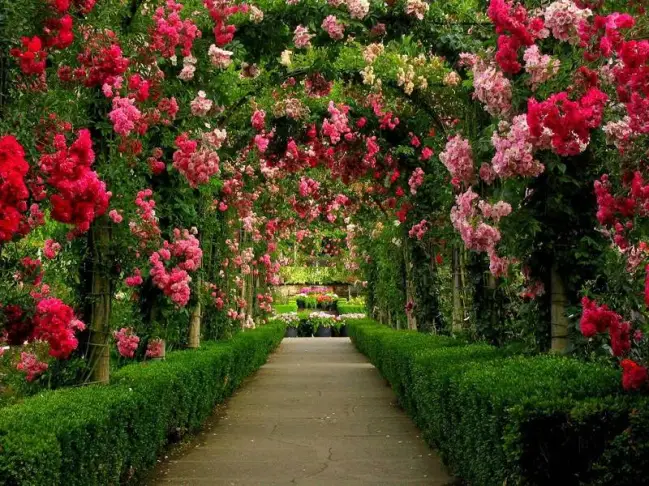
butchart-gardens lovable garden
Redefining Beauty: Embrace the Wild Aesthetic
It’s time to break free from the sterile, clean-edged expectations of “curated gardens.” Wild beauty is messy. And that’s good.
- Seed heads feed birds through winter
- Dead logs provide habitat for decomposers
- Fallen leaves become mulch and microbial gold
Let go of constant pruning. Let a little chaos in.
You Are Not Losing Control—You Are Gaining Relationship.
Real Story: The Garden That Rebuilt My Health
“When I moved to the country, I was in burnout. Physically and emotionally. I planted things randomly, without knowing what I was doing. I let the wildflowers spread. I added a water basin for birds. Within weeks, butterflies showed up. Then frogs. Then dragonflies. Every morning, I found myself walking through the garden barefoot, crying—not from sadness but relief. The garden didn’t just heal itself. It healed me.” —Sophie R., Ohio
That’s the power of welcoming the wild.
Table: Native Pollinator Plants by Region (USA)
| Region | Top Native Plants | Benefits |
|---|---|---|
| Northeast | Joe-Pye Weed, Goldenrod, Milkweed | Supports Monarchs, native bees |
| Southeast | Coreopsis, Buttonbush, Blazing Star | Attracts butterflies, fireflies, bees |
| Midwest | Purple Coneflower, Prairie Dropseed | Deep roots improve soil, support insects |
| Southwest | Desert Marigold, Penstemon, Agave | Drought tolerant, hummingbird food |
| Pacific NW | Lupine, Yarrow, Oregon Grape | Feeds caterpillars, ground-nesting bees |
| California | California Poppy, Ceanothus, Manzanita | Supports birds, butterflies, native bees |
As you create space for life, remember: regenerative gardening is less about input and more about invitation. You’re not building a showpiece. You’re nurturing a sanctuary.
next The Edible Sanctuary, we’ll take this one step further: creating gardens that not only support wildlife—but feed us, our families, and our communities.
Because in the regenerative world, food is medicine, community is compost, and gardening is hope.
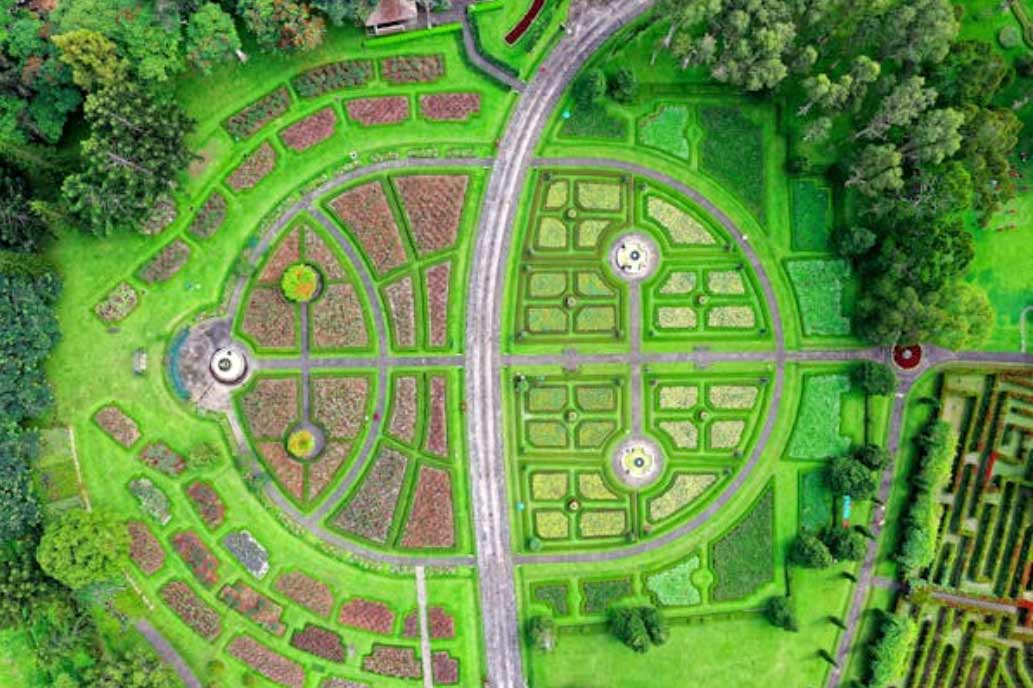
Top Gardening & Landscaping Trends for 2025: Transform Your Outdoor Space
The Future of Rewilded Gardening – Maintenance, Benefits, and Beyond
Bringing It to Life Now that you’ve designed your garden with nature in mind, it’s time to bring it to life. Plant selection should prioritize native perennials, pollinator-friendly species, and self-seeding herbs. Let plants thrive in community, not isolation. Avoid formal layouts—instead, let plants spread and interact naturally. Paths should be meandering, not linear. Materials like reclaimed wood, gravel, or mulch blend best with the wild aesthetic.
Minimal Intervention, Maximum Reward Maintenance in a rewilded garden is vastly different from traditional gardening. Forget constant pruning, mowing, or fertilizing. Instead, your role becomes one of a gentle steward:
- Let leaves lie: They become mulch and habitat.
- Welcome decay: Dead logs and stalks house beetles and fungi.
- Delay cleanup: Wait until spring to cut back perennials—many provide shelter in winter.
This method not only saves time and money but also creates habitats year-round. You’re not fighting nature—you’re enabling it.
Health and Psychological Benefits Rewilded spaces have measurable effects on well-being. Studies in 2024 from the Environmental Psychology Journal show that biodiverse gardens:
- Reduce cortisol by 27%
- Increase time spent outdoors by 41%
- Improve mental clarity and memory retention by up to 20%
Living alongside butterflies, bees, birds, and beneficial insects has a tangible effect on human joy. A garden that sings with life also rejuvenates the soul.
Environmental Impact Beyond beauty, rewilded gardens are powerfully regenerative. Here’s a comparison from a 2025 University of Oregon study:
| Feature | Traditional Lawn | Rewilded Garden |
|---|---|---|
| Annual Water Use | 40,000 gallons | 15,000 gallons |
| Fertilizer Needed | Monthly applications | Rare or none |
| Biodiversity | Very low | Exceptionally high |
| Pollinator Attraction | Minimal | Year-round |
That’s not just gardening—it’s climate action on a backyard scale.
What, Why, Where, When, and How in Rewilded Gardening
- What is a rewilded garden? A garden designed to mimic nature, focusing on native plants and low human interference.
- Why should we rewild? To restore biodiversity, reduce maintenance, improve well-being, and create habitat for pollinators and wildlife.
- Where can you start? Any outdoor space—from small balconies to urban backyards.
- When is the best time? Start planning in winter, plant in spring or autumn.
- How do you begin? Stop mowing a section, introduce native plants, remove invasive species, and observe nature’s patterns.
A Bonus Guide for the Curious Gardener If you’re serious about this path, here’s a bonus breakdown of 10 plants you must consider in 2025:
| Common Name | Botanical Name | Benefit |
| Milkweed | Asclepias spp. | Monarch butterfly host plant |
| Coneflower | Echinacea purpurea | Pollinator magnet |
| Yarrow | Achillea millefolium | Drought-tolerant, vibrant colors |
| Blue Grama | Bouteloua gracilis | Native grass, low water needs |
| Bee Balm | Monarda didyma | Attracts bees and hummingbirds |
| Wild Strawberry | Fragaria virginiana | Ground cover, edible fruit |
| Goldenrod | Solidago spp. | Late-season nectar source |
| Serviceberry | Amelanchier canadensis | Edible berries, bird habitat |
| Wild Bergamot | Monarda fistulosa | Aromatic and medicinal |
| Switchgrass | Panicum virgatum | Winter structure, bird shelter |

Small Garden, Big Dreams: How to Transform Tiny Outdoor Spaces into Lush Retreats
FAQ – Answering Your Rewilding Questions Q: Is a rewilded garden messy? A: It may appear less tidy than traditional gardens, but it’s structured by ecological purpose rather than aesthetic rigidity. The result is wild beauty, not chaos.
Q: Will pests be a problem? A: A biodiverse garden balances itself. More predators (like birds and ladybugs) mean fewer pests. Avoid synthetic chemicals, and nature will manage her own equilibrium.
Q: Can I still have flowers and vegetables? A: Absolutely! Integrate them naturally. Tomatoes near calendula, roses alongside lavender—just let them grow in harmony.
Q: Is this only for large gardens? A: No. Even a container garden can follow rewilding principles—use native plants, avoid pesticides, and welcome pollinators.
Conclusion: A Garden Worth Trusting Rewilding is not just a gardening style—it’s a belief system. It says: nature knows best. In 2025, it’s not only a personal joy but a planetary responsibility to rethink our outdoor spaces. Let this be the year you stop mowing and start growing.
External Resources & Backlinks:
- National Wildlife Federation – Rewilding
- Pollinator Partnership – Planting Guides
- The Royal Horticultural Society – Wild Gardening
- Rewilding Europe
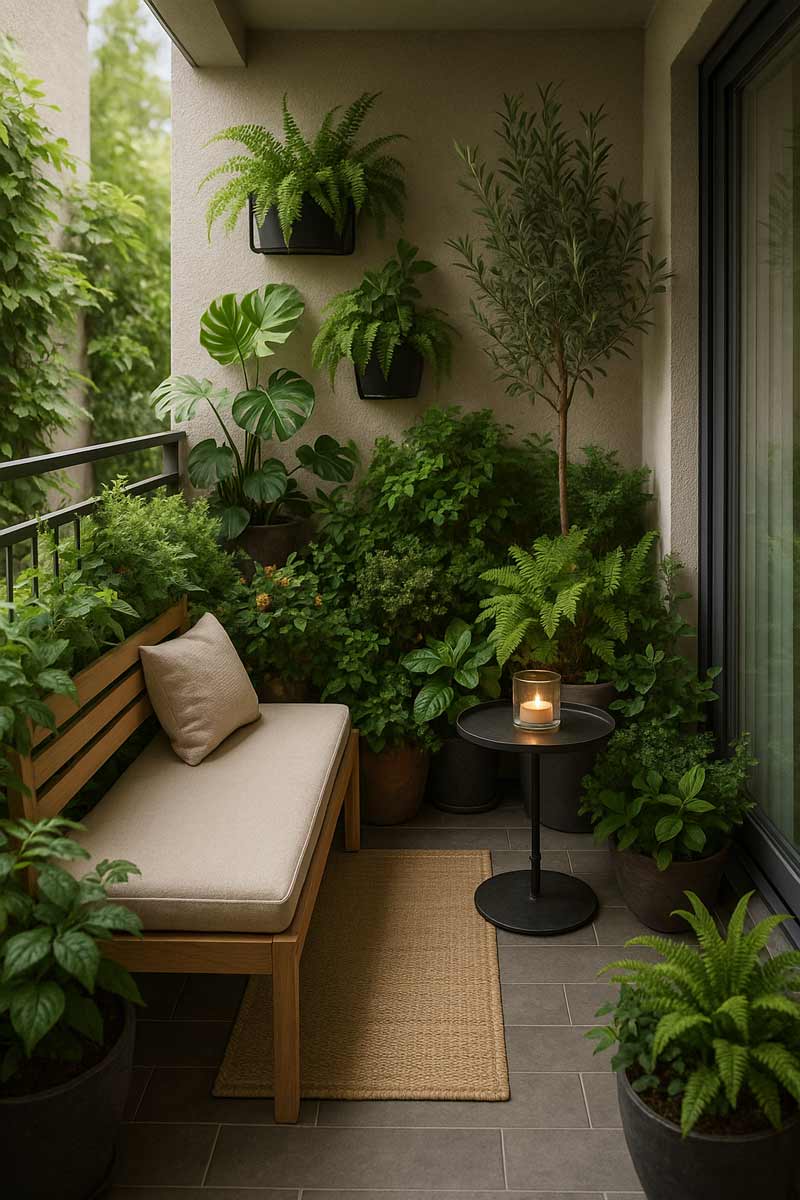
green Garden


